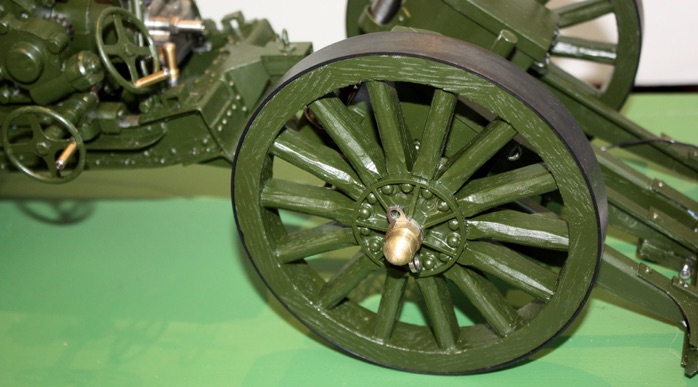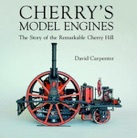The Ordnance BL 60-pounder was a British 5 inch heavy field gun designed in 1903-05 for both horse draft and mechanical traction and served throughout the First World War. It remained in service with British and Commonwealth forces in the inter-war period and in frontline service with British and South African batteries until 1942.
The 60 pounder had a quick firing recoil, meaning that the carriage did not move when the gun fired. The barrel was a wire wound A-tube in a jacket with a screw breech. It fired a separate round (i.e. shell and bagged cartridge were loaded separately). The lower carriage comprised a box trail. It was designed for one-man laying with both traverse and elevation sights and controls on the left. Recoil system was below the barrel and used a hydraulic buffer with a hydro-pneumatic recuperator to return the barrel to its firing position.
Initially the 60 pounder was fitted with tangent sights on a rocking bar with the range scale graduated to 10,400 yards and 22 degrees, the rear sight had a deflection scale. Before the First World War it was fitted with oscillating (reciprocating) sights.
A Mk I 60 pounder is preserved at the Imperial War Museum, Duxford. This particular piece was fought by the 2/104th Heavy Battery, Royal Garrison Artillery, in Mesopotamia. It was present at the fall of Kut-El- Amara and Baghdad in 1917, and took part in the battles of Shatt-Al-Adhaim, and Istabulat, 1917 . Among other operations it was present at the capture of Kizil Robat in December 1918, and Kitri in April 1918.
This model was displayed by N Parsons at the 2014 Harrogate show.




















